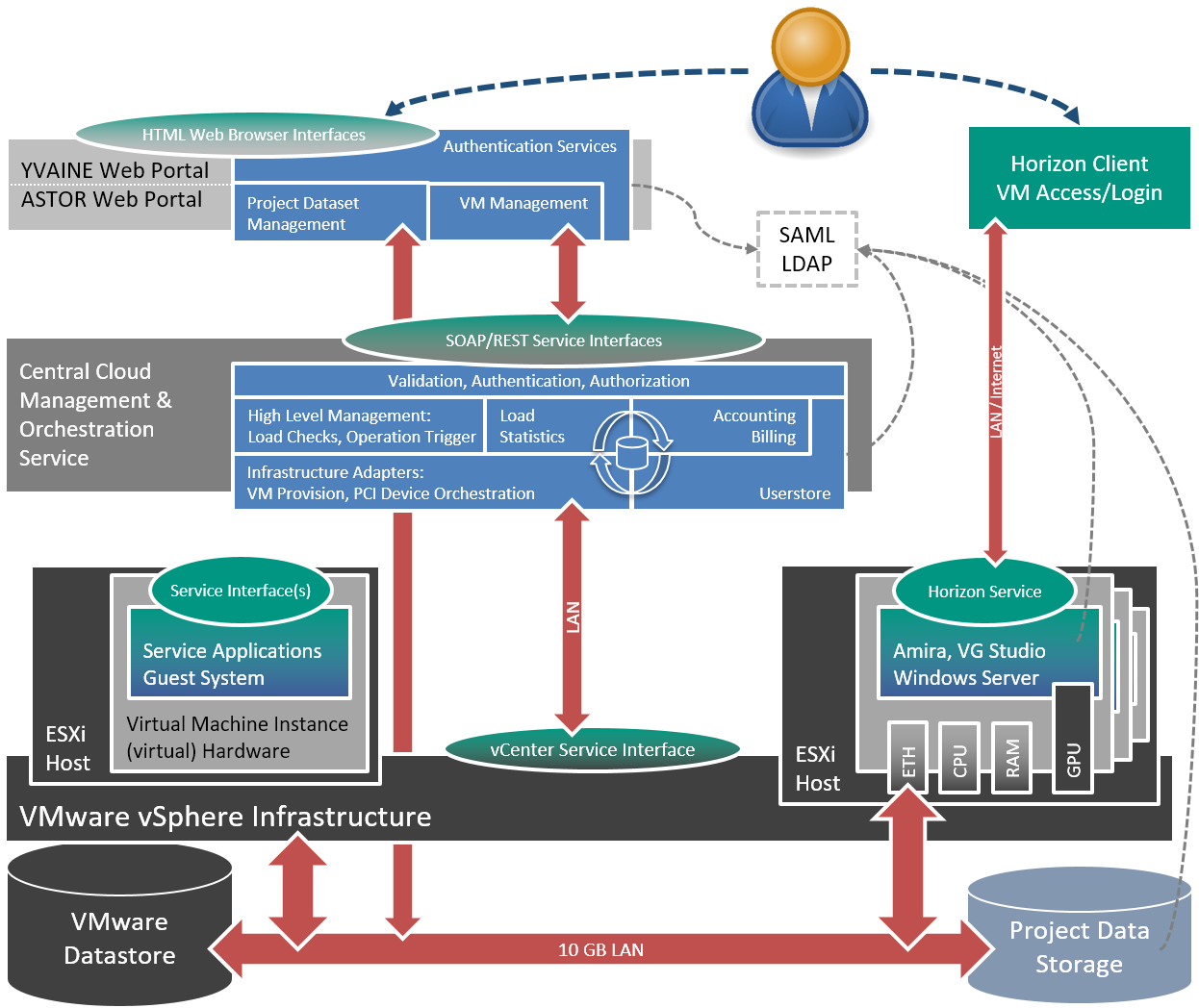ASTOR

ASTOR – Arthropod Structure revealed by ultrafast Tomography and Online Reconstruction
X-rays and tomography provide the opportunity to visualize internal structures of optically dense materials in 3D. The invention of synchrotron-X-ray-microtomography was the onset of a new era of morphological research on microscopically small animals (e.g. micro-arthropods). Analyzing such 3D-data is time consuming and technically challenging. Especially the automation of classification processes needs close cooperation of biologists and image processing experts. Using the most speciose animal group on earth (arthropods) as a model system, the network for functional morphology and systematics aims to establish and standardize measuring parameters to meet the needs of a broad range of biological research. This will be achieved by optimizing data acquisition and processing, semi-automation of data analysis (reconstruction and segmentation/classification) and the creation of an online-portal providing easy access, 3D visualization and semi-automatic analyses of the data using cloud technologies.

The ASTOR cloud concept and analysis environment. The architecture consists of three main parts:
1) The underlying data processing and virtualization infrastructure with network, datastores and the VMware vSphere™ environment, 2) an abstraction middleware which encapsulates the virtualization system and 3) two web-based management portals and the remote login client.
Besides these components, there is a central identity provider system based on Shibboleth/SAML and LDAP which is used by several systems and services at the research facility. From: Mexner, W., Bonn, M., Kopmann, A., Mauch, V., Ressmann, D., Chilingaryan, S., Tan Jerome, N., van de Kamp, T., Heuveline, V., Lösel, P., Schmelzle, S., Heethoff, M., “OpenGL API based analysis of large datasets in a cloud environment”, in: Das, K. & Deka, G.C. (eds), Design and Use of Virtualization Technology in Cloud Computing (2017), IGI Global, Hershey, pp. 161-181.
